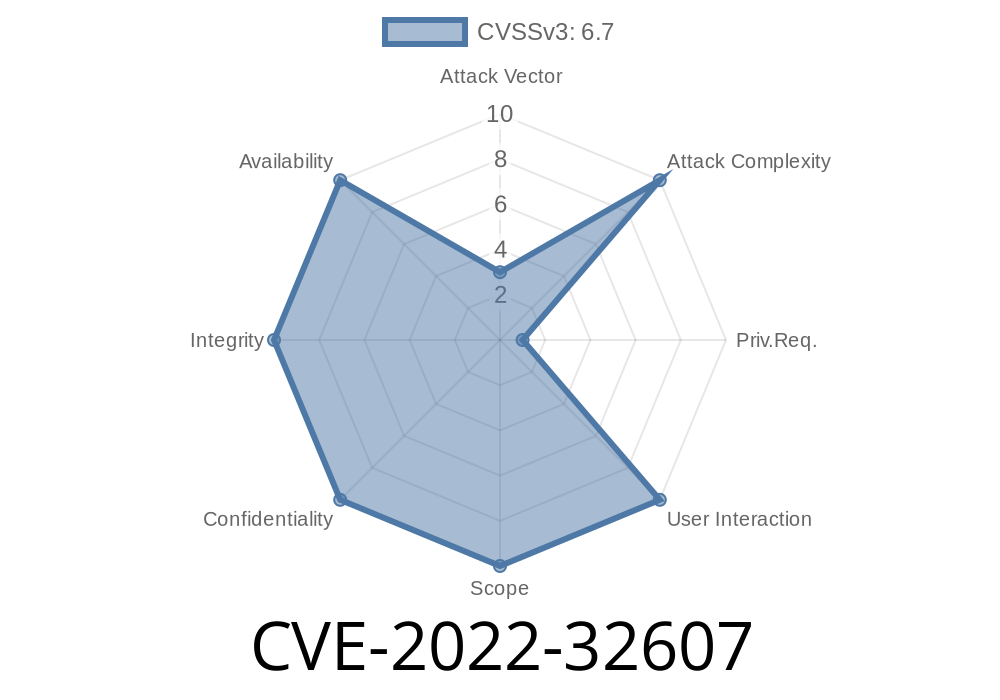In a recent disclosure of CVE-2022-32607, a vulnerability was identified in the Android Error Report (AEE) subsystem, which may allow an attacker to locally escalate privilege on the victim's device. The issue stems from a potential use after free due to a missing bounds check, which can be exploited without any user interaction. In this post, we will provide an in-depth analysis of this vulnerability, including its details, exploit information, and references to the original sources. The Patch ID for the vulnerability is ALPS07202891, and the Issue ID is also ALPS07202891.
Vulnerability Details
The Android Error Report (AEE) subsystem is responsible for collecting system information and logs when a critical error occurs, such as a crash or other hardware issues. AEE then forwards the collected data to the OEM for further analysis and debugging. The vulnerability in the AEE subsystem, CVE-2022-32607, happens when the bounds check is missing, leading to a use after free situation. If successfully exploited, this vulnerability could lead to a local escalation of privilege.
Code Snippet
While the specific code for AEE is not publicly available, the snippet below highlights a typical use after free vulnerability in C programming. This example shows a potential vulnerable function that does not include proper bounds checking and freeing of allocated memory:
#include <stdio.h>
#include <stdlib.h>
#include <string.h>
int main() {
char *buffer = (char *) malloc(100 * sizeof(char));
if(buffer == NULL) {
printf("Memory allocation failed.\n");
exit(1);
}
strcpy(buffer, "This is a test string, and it will be freed.\n");
printf("Buffer content: %s", buffer);
free(buffer);
// Use after free (Missing bounds check)
strcpy(buffer, "Using buffer after it has been freed!\n");
printf("New buffer content: %s", buffer);
return ;
}
In the example above, the buffer variable is being used even after being freed, which results in a classic use after free vulnerability, similar to the one found in AEE.
Exploit Details
To exploit CVE-2022-32607, an attacker would need to have System execution privileges on the target device. Although user interaction is not required for exploitation, it is crucial to mention that the attacker must already have a notable level of control over the device. This makes it less likely to be exploited in the wild but does not decrease its severity.
For more information about this vulnerability, you can refer to the following resources
1. Official CVE Entry: https://cve.mitre.org/cgi-bin/cvename.cgi?name=CVE-2022-32607
2. NVD (National Vulnerability Database) Entry: https://nvd.nist.gov/vuln/detail/CVE-2022-32607
3. Android Security Acknowledgments Page: https://source.android.com/security/overview/acknowledgements
Conclusion
CVE-2022-32607 is a critical vulnerability that could potentially allow an attacker to escalate privileges locally and without user interaction. Although the severity of the vulnerability is significant, its exploitation requires the attacker to have considerable access to the victim's device. As always, we recommend regularly updating your device's software and security patches to mitigate the risk of potential vulnerabilities.
Timeline
Published on: 11/08/2022 21:15:00 UTC
Last modified on: 11/10/2022 13:54:00 UTC
